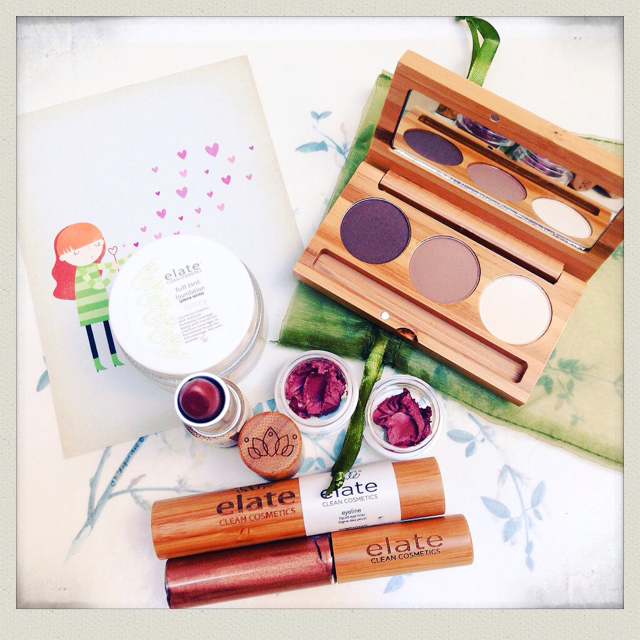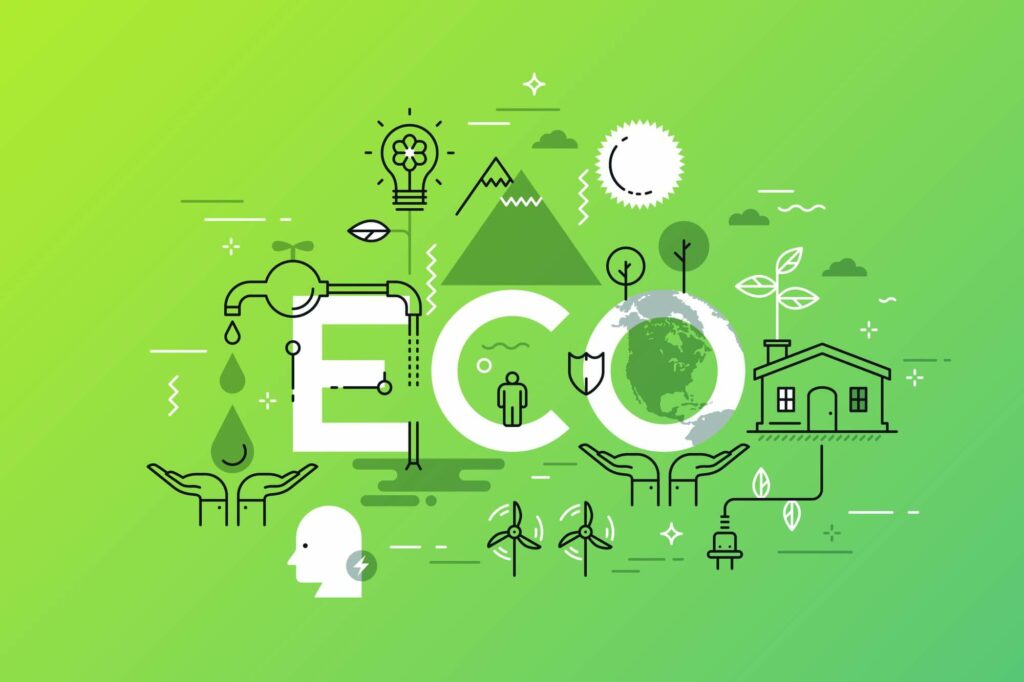Sustainable Packaging in the Beauty Industry
More and more consumers are opting for eco-friendly, zero-waste products. In a survey conducted in 2019, 56% of the respondents said they would buy an item if it were made with natural and organic ingredients. Many eco-conscious consumers look for greener beauty products in sustainable packaging.
In the same survey, 67% of the participants expressed that packaging should be sustainable, with 43% of them stating they are willing to pay more for environmentally friendly items. Partly, this is in response to the growing concern about global warming and the damaging effect of synthetic materials on the environment.
Heeding the call for a greener industry, beauty companies have likewise jumped on the bandwagon, shifting to biodegradable materials. In this post, we’ll find out what materials are considered sustainable and how companies can shift to eco-friendly beauty packaging.
What is Sustainable Packaging?
Sustainable packaging refers to the use of materials that have been produced and supplied in a manner that doesn’t contribute to environmental degradation. When the products reach the consumers, they can either be reused or recycled. And if they end up in landfills, they can decompose, helping eliminate waste.
Advancing sustainable packaging in the beauty industry has been a top priority over the past few years, and brands have made impressive strides. Companies are addressing this issue in many ways, such as using compostable ingredients, recyclable materials, and personlized custom gift boxes instead of single-use plastic. This change also reflects a move towards sustainability in the sector overall – consumers are actively searching for beauty companies that use eco-friendly methods and materials to package their products.
Sustainable packaging seeks to minimize, if not eliminate, plastic wastes that pose a risk to the environment. Research shows that there are more than 5 trillion pieces of plastic polluting the world’s oceans. One reason for this is that, for decades, plastic has been the preferred packaging material in the beauty industry.
Types of Sustainable Packaging Materials
-
Bamboo
Bamboo-based packaging strikes a balance between sustainable and chic. Bamboo is a renewable raw material, growing at a fast rate of 35 inches a day. Its texture renders a vintage-chic appeal, not to mention it’s durable.
-
Glass
Glass is made from natural and raw abundant materials such as sand, soda ash, and limestone. Its production doesn’t require chemical layers to complete it. As a packaging material, it is reusable and recyclable, creating no additional waste or by-products.
The U.S. Food and Drug Administration has classified glass as “generally safe.” With glass packaging, there are no chemical interactions between the product and the glass that could contaminate the ingredients.
-
Metal
Metals maintain their physical properties forever. When discarded, the materials are simply collected and recycled – again and again – making them available for future generations. In fact, up to 80% of all metal ever produced in the world still exists and can be reused.
-
Paperboard
Paperboard is naturally biodegradable. If it ends up in the environment, it degrades fast, posing no threat to organisms. It’s also recyclable, helping cut waste buildup.
-
Silicone
Silicone is sourced from the sand. Because it is considered chemically stable, experts say it’s safe to use. While it’s not biodegradable, it does not release toxins into the soil and water when disposed of. And because it resists deterioration for decades on end, it can be recycled, reducing the volume of wastes that end up in landfills.
How to Make Packaging More Sustainable
Cosmetic companies can adopt strategies in transitioning to sustainable packaging. Here are some of them:
-
Go for compostable and ethically sourced materials
Sustainable packaging encourages the use of alternatives such as bamboo, paperboard, glass, and silicone. Instead of using plastic, cosmetic companies can opt for glass jars, wooden containers, cork labels, paper wrappings, and cardboard boxes. Health and Beauty Fulfillment Services are essential to ensure proper storage of beauty products.
-
Refill and reuse
Manufacturers of beauty and weight loss products should emphasize using reusable materials. This can help reduce wastes while decreasing production costs. For instance, shower gel and shampoo can be placed in refillable bottles instead of disposable ones. Containers can also come in “artsy” designs, where consumers will think twice before throwing them away.
-
Eliminate excess packaging
Building on the concept of “reduce, reuse, and recycle,” companies can adopt minimalist packaging by using only one or two types of materials. This makes for easy recycling, as there are no additional elements such as adhesives that complicate the product. It also reduces waste while helping conserve raw materials.
Greener Beauty: The Revolution Is On
Eco-friendly materials are free from toxins that may contaminate the product. During production, they release less carbon dioxide and harmful gases. And when disposed of, they can either be composted or recycled, helping reduce wastes that end up in landfills.
As a brand, sustainability is no longer some kind of a concept you can comfortably pass up. This trend is increasingly being embraced by consumers, and it’s in the best interest of your business – and the planet – that you don’t get left behind.


3 thoughts on “Sustainable Packaging in the Beauty Industry”